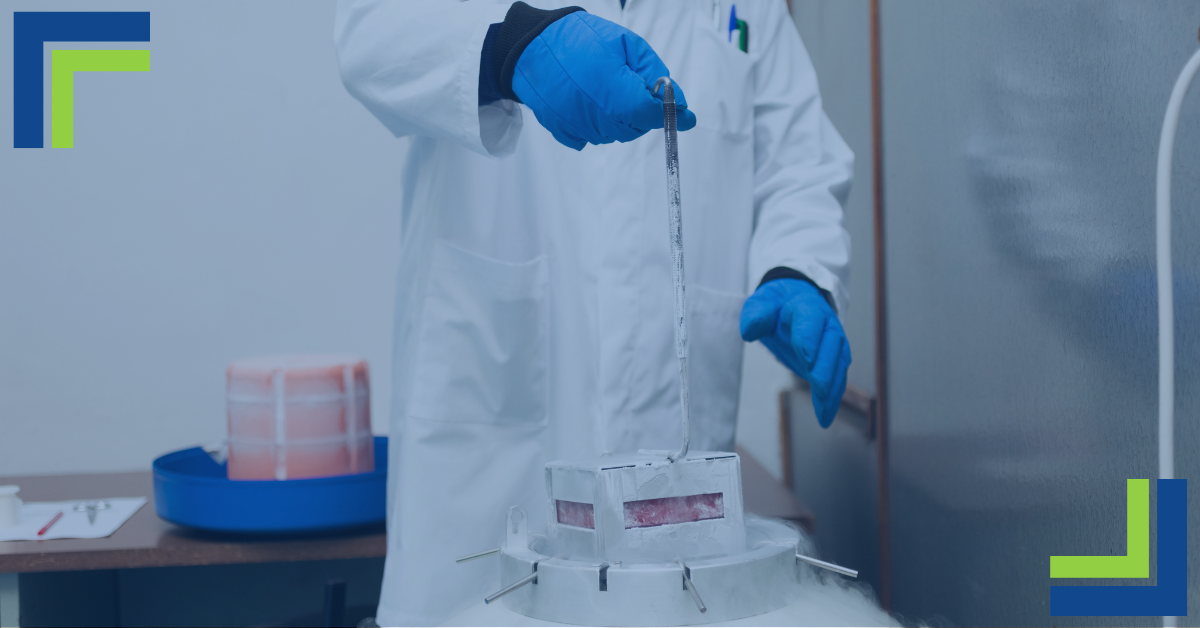
Cryogenic-storage options: decisions, decisions…
Labs make critical and calculated decisions daily, yet when it comes to choosing between a manual or automatic dewar system, investing depends on which type best suits your lab’s needs.
What are liquid nitrogen dewars?
Liquid nitrogen dewars, invented by Sir. James Dewar of London in 1892, allows fluids to be maintained at low temperatures for a certain amount of time. Over the years, the dewar system has seen several iterations, innovations, and is simple in construction and design. The non-pressurized, air-jacketed structure includes two or more layers that are vacuum-sealed to prevent leaks, providing safety and thermal retention insulation. These freezers store tissues, cells, or other samples at temperatures reaching a frosty -196℃. The dewar has a loose-fitting plug or cap that is movable, preventing moisture and air from entering the chamber yet allowing liquid nitrogen evaporation.
Manual-fill pros and cons
For the basic manual-fill dewar, the biggest win is its cost-effectiveness. The simple design means fewer problems with the freezer’s function. Once the tank is manually filled to the desired level, checking for evaporation rates, signs of frost on the outside of the tank, and monitoring for leaks is all it takes to keep it running in top form. Space within a lab is a precious commodity. These systems typically take up less real estate than their autofill counterpart by not requiring LN2 storage directly next to the freezer.
One of the downsides of manual-fill systems includes checking liquid nitrogen numbers daily. The liquid nitrogen is generally topped off every two weeks, depending on how the freezer is accessed to retrieve items inside. Levels must be constantly watched, meaning there’s more room for error, which can affect samples. While investing in a monitoring system can help you keep an eye on LN2 tank levels, temperatures still must be monitored. That additional process equals time and energy that could be spent focused on other lab tasks.
Autofill pros and cons
The name says it all: autofill systems do the heavy lifting for you. A liquid nitrogen source is connected to the tank and maintains LN2 levels automatically. Visual and audible alarms will alert if there is a system malfunction. Autofill also provides greater capacity to store LN2, alleviating the constant fear of running low.
Here’s where autofill systems become tricky: there must always be an LN2 source stocked and functioning. Without it, the temperature could be compromised, leaving stored samples in a precarious situation. Autofill systems are pricier and they require more work to install and get running. Configuring the condensation collection system for moisture that pools on the transfer hose and installing the pressure regulator requires precision and accuracy for the system to work correctly. The investment in an autofill system can be hefty as can the uptick in electricity usage—huge considerations when considering budgets and the bottom line.
Which is the system for you?
When you’re unsure which cryogenic system works best for your space, or an upgrade is in your future, let BaneBio help you sort through the details and secure the right storage for your lab’s needs!
